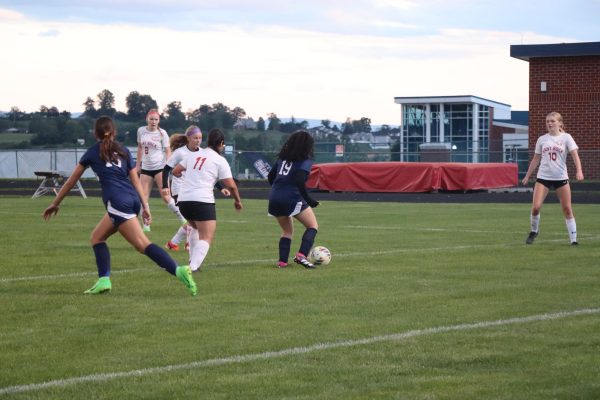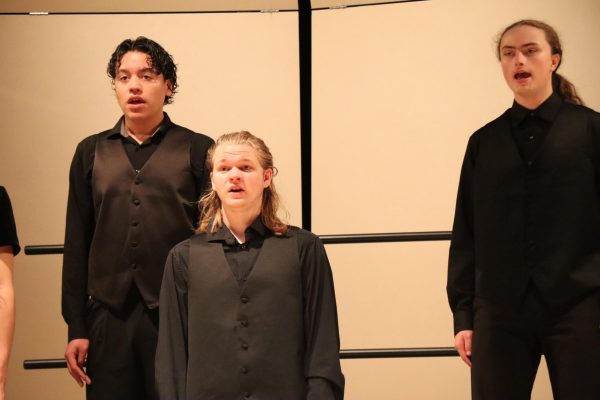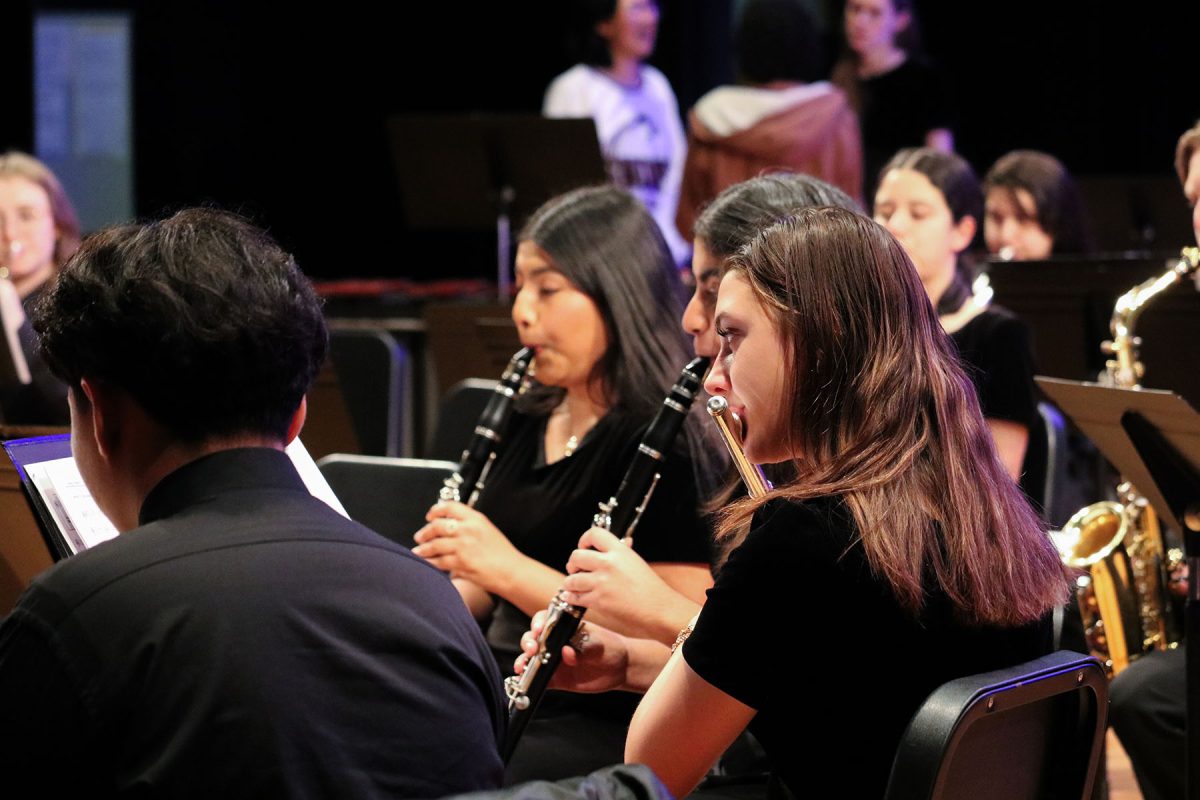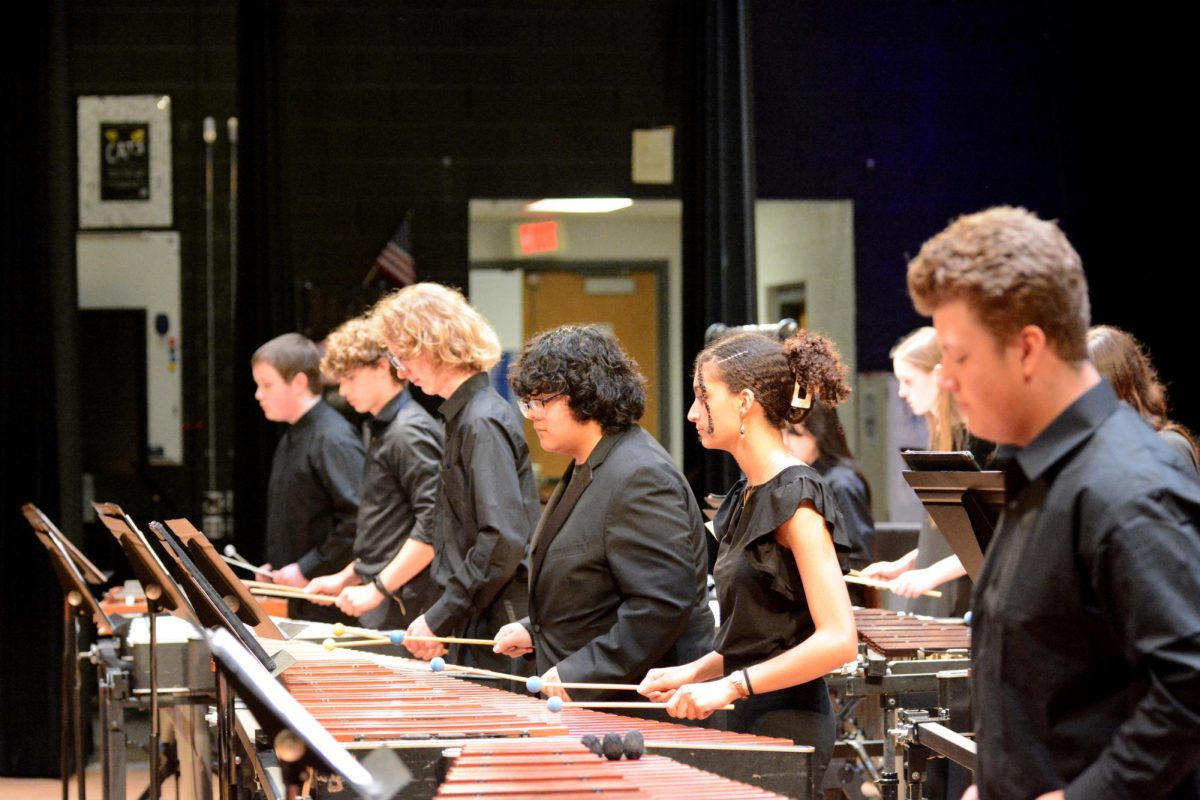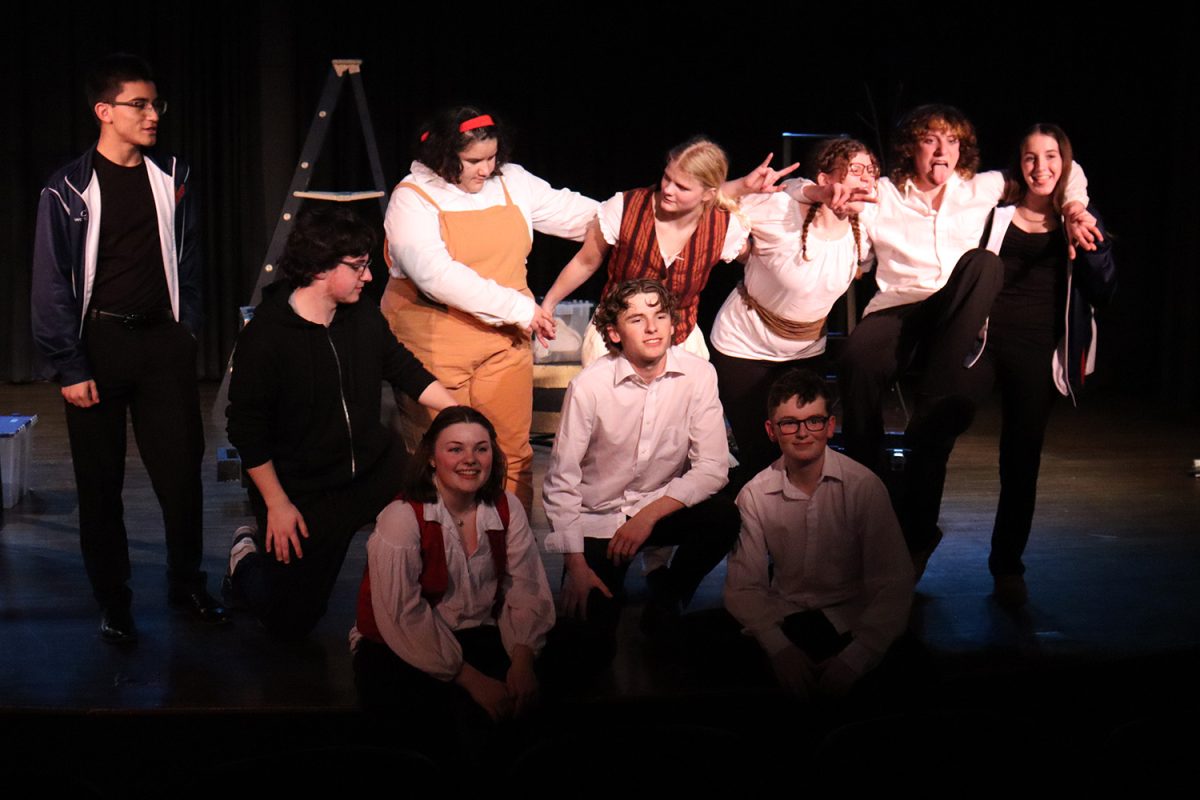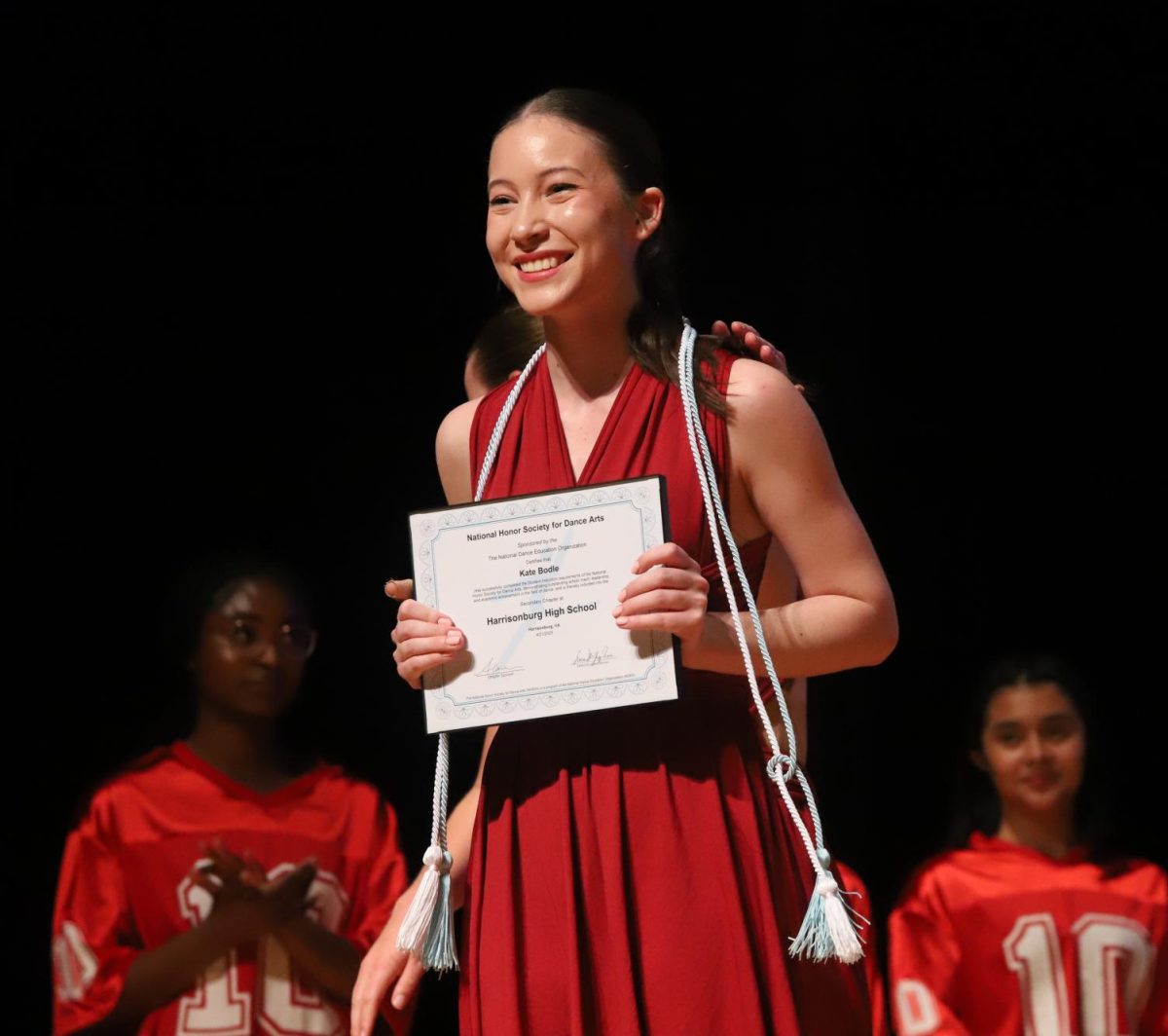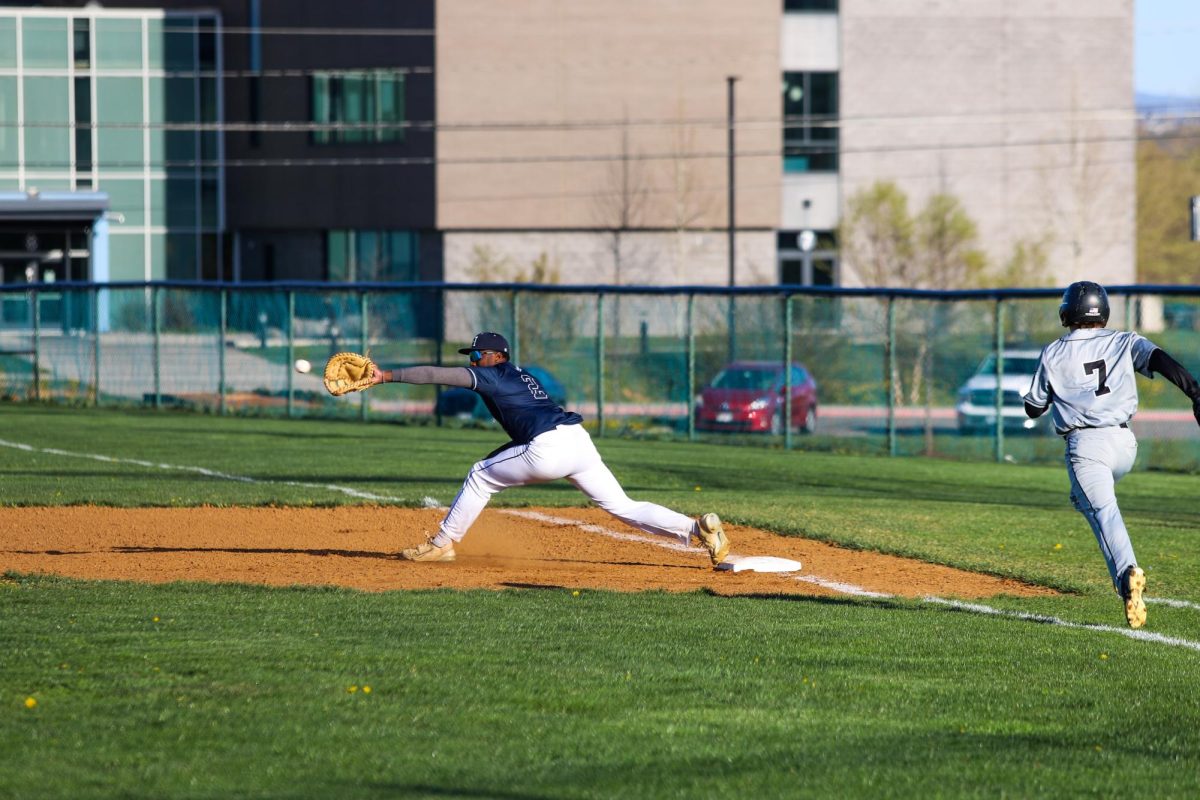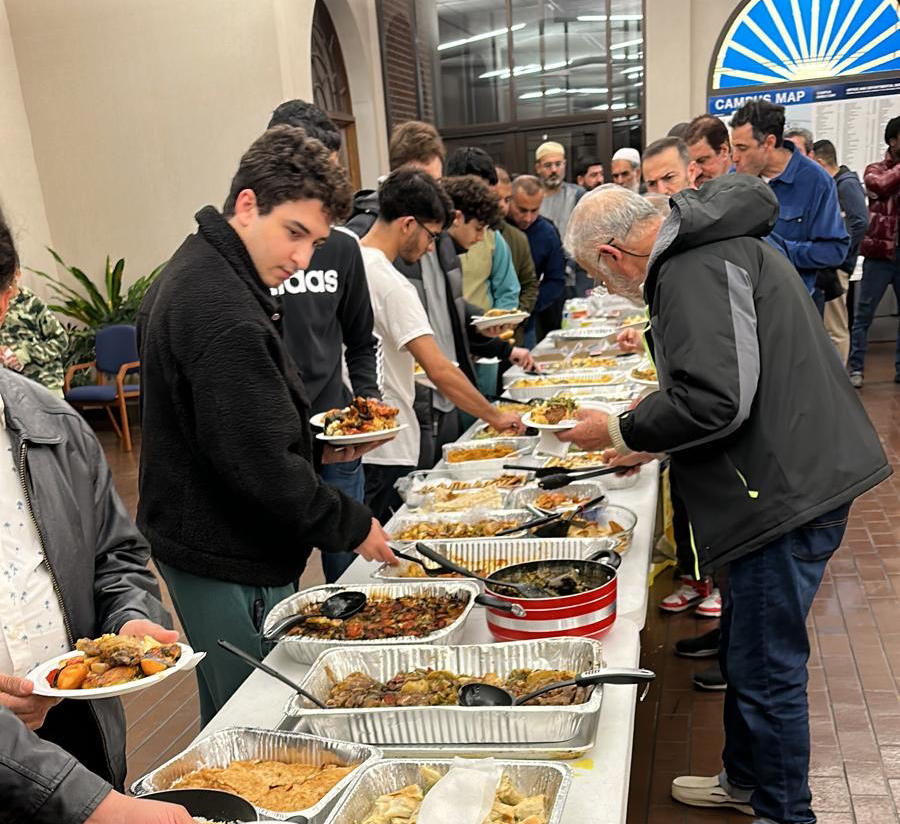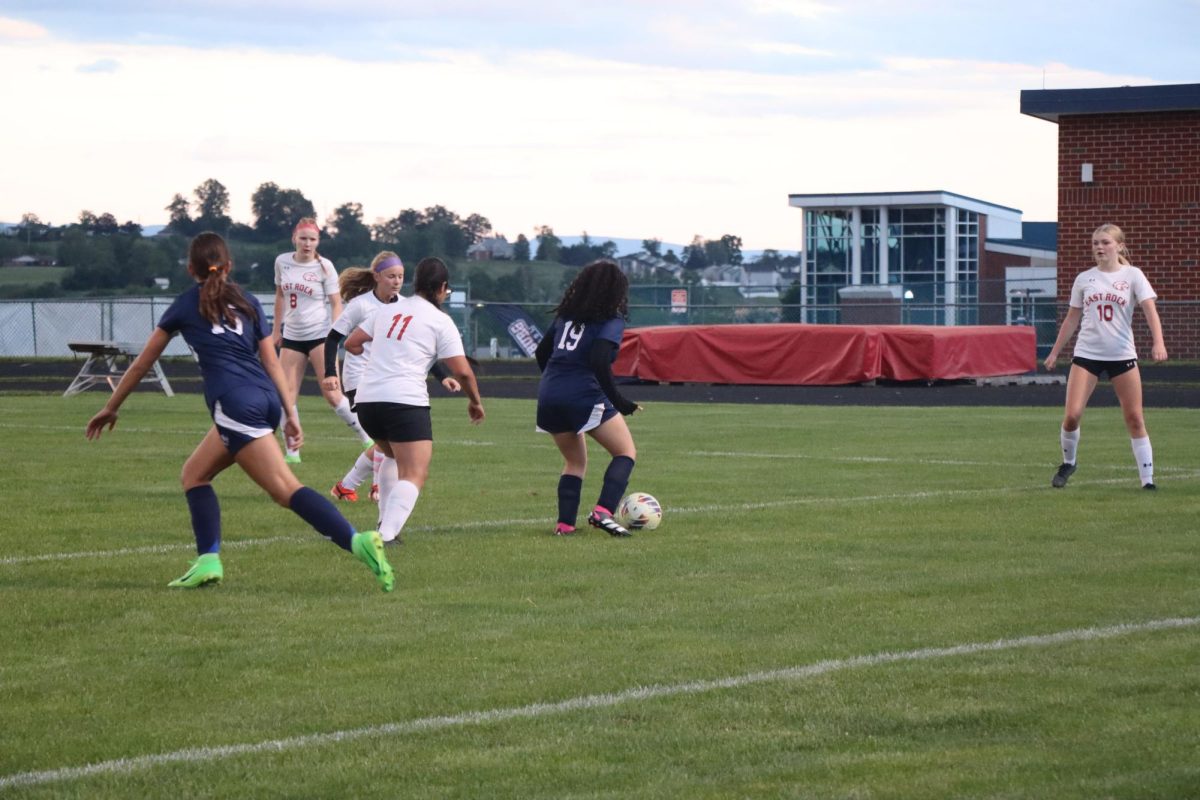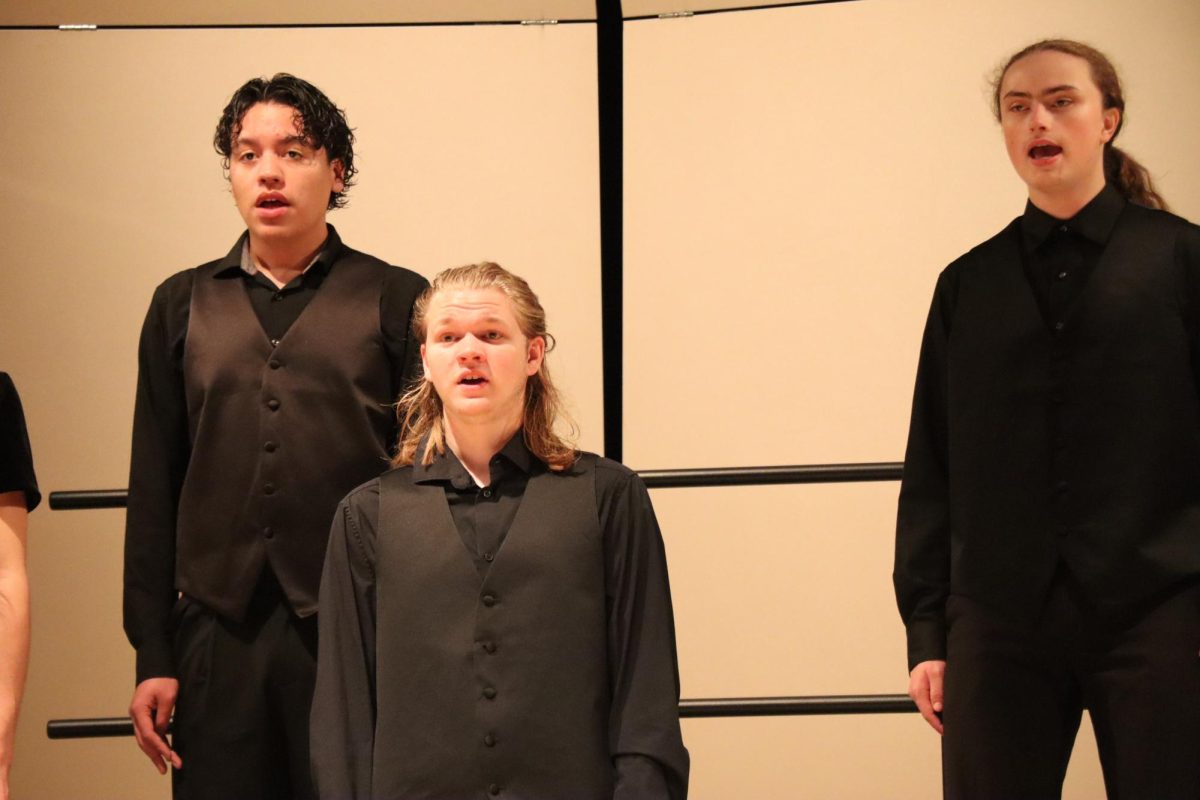Brother inspires Veerman to work in special education, help those like him
Growing up, Veerman and William’s relationship has been non-verbal. Learning to communicate through emotions and their own communication system, the two continue to grow. “[I’ve had to learn] patience because when he can’t communicate with me perfectly I have to be patient in learning what he wants from me or what he needs and it’s helpful because I can apply that to my school life and work,” Veerman said.
November 19, 2019
“When he was born, my mom told me when she found out he had down syndrome. I was really excited. I didn’t register what it meant, so I was just looking forward to having a baby brother.”
Since that day, junior Emma Veerman continued to grow a strong relationship with her brother William, who was born with both down syndrome and autism. These differences in William didn’t change Veerman’s unconditional love for him, she just wanted to feed him bottles and hold him.
Growing up, Veerman and William’s relationship has been non-verbal. Learning to communicate through emotions and their own communication system, the two continue to grow. This unique way of communicating has taught Veerman patience and how to apply it to life. As well as Veerman, communication is a challenge for William and kids like him as communicating what he wants can be frustrating which can sometimes result in aggression.
“[I’ve had to learn] patience because when he can’t communicate with me perfectly I have to be patient in learning what he wants from me or what he needs and it’s helpful because I can apply that to my school life and work,” Veerman said. “There’s a lot of challenges. For him, I think just not being able to communicate like other kids at school. You can definitely tell that when he gets frustrated he’ll get a little aggressive, pull hair, scratch, etc. I think that’s hard for him.”
Acknowledging that kids with special needs isn’t discussed much, Veerman sees Unified basketball as not only a way to teach those involved, but also fans as well, the importance of praising and uplifting those on the spectrum.
“Everyone has their different abilities and just praising people with special needs and their abilities means so much to them like our unified basketball team. That’s so awesome because they’re getting a chance to do things and encourage them and I think that’s really important,” Veerman said.
Caring for William and watching him grow has inspired Veerman to say the least. Veerman has been at his side through it all as she’s seen aids, therapists and teachers come in to work with William. Taking this knowledge and looking towards the future, Veerman hopes to work in the Special education program (SPED) and help kids like her brother. This experience has not only taught Veerman patience, but also showed her what a blessing it can be.
“Not a lot of people get to experience hands on working with kids with special needs as closely as I get to. I’ve learned so much about it that it’s interesting and I’ve learned [more about it] than ‘oh special education’, so it inspired me to do that because I want to help people,” Veerman said.



![Growing up, Veerman and William’s relationship has been non-verbal. Learning to communicate through emotions and their own communication system, the two continue to grow. “[I’ve had to learn] patience because when he can’t communicate with me perfectly I have to be patient in learning what he wants from me or what he needs and it’s helpful because I can apply that to my school life and work,” Veerman said.](https://hhsmedia.com/wp-content/uploads/2019/11/william-e1574196846441.jpg)
